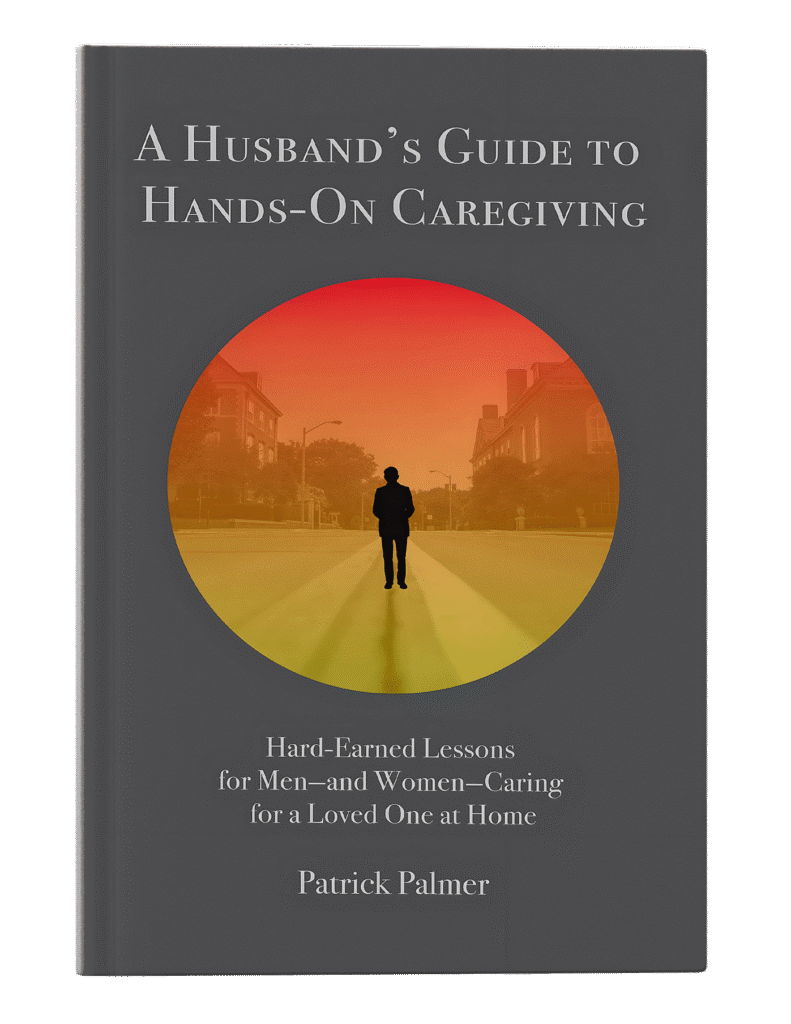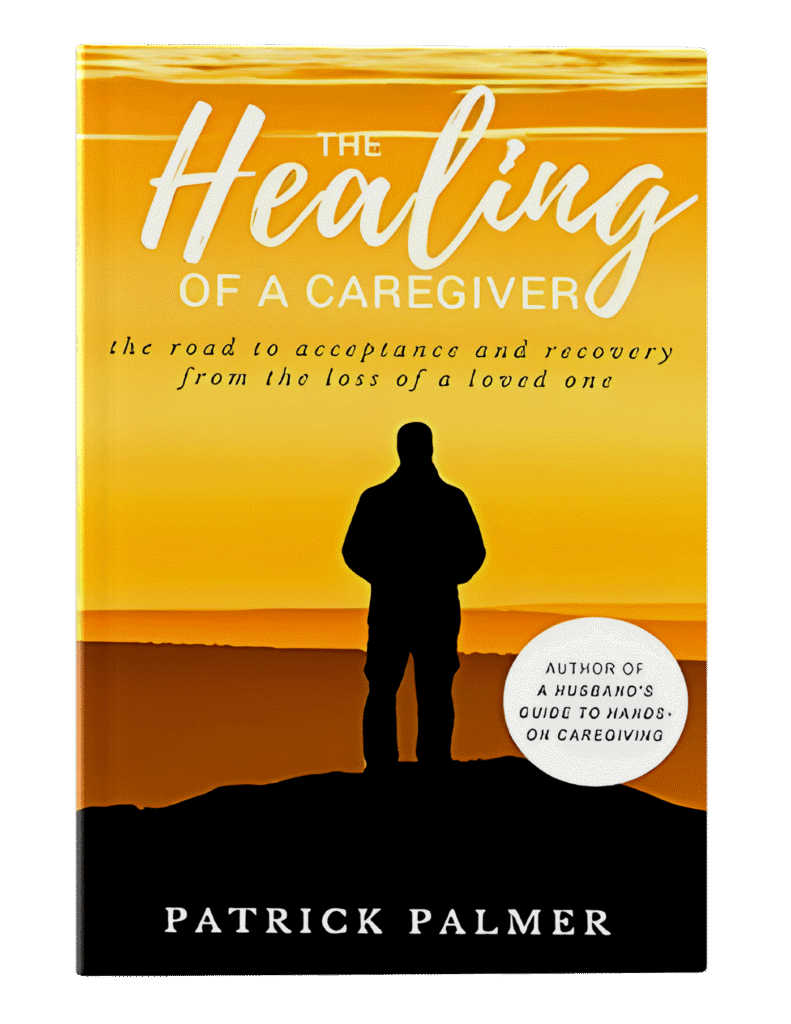Parenting is a journey filled with love, challenges, and countless memorable moments. Traditionally, one parent often takes on the primary caregiver role, while the other supports in different ways. But times are changing, and more families are now exploring the idea of both parents sharing caregiving responsibilities equally.
This shift raises an important question: Can both parents truly be primary caregivers? Let’s dive into this concept and explore the possibilities and benefits of shared caregiving.
Understanding the Role of a Primary Caregiver in Parenting
Legally, there are two types of parents: biological parents (who have rights by birth) and adoptive parents (granted rights by the court). Meanwhile, a caregiver is anyone who lives with and provides daily care to the child. This could include a parent, grandparent, older sibling, or even a trusted guardian.
Typically, the mother is seen as the initial primary caregiver, especially in the early months. However, caregiving is not limited to mothers—fathers and other relatives can also play primary roles, even if not legally formalized.

Can Both Parents Be the Primary Caregiver?
The decision of who should be the primary caregiver depends on several factors, including the child’s needs, family dynamics, and work schedules. Traditionally, mothers have filled this role, especially because of breastfeeding and cultural expectations. But that trend is evolving.
Fathers are now increasingly recognized as capable, nurturing caregivers who play a crucial role in their child’s emotional and developmental well-being. In many modern households, both parents contribute equally to childcare, housework, and emotional support.
Courts also acknowledge this shift: if both parents are equally involved and have balanced work commitments, neither may be designated as the sole primary caregiver.
What truly matters is that both parents are actively involved and that caregiving duties are shared in a way that supports the child’s growth.
Conclusion: Embracing Shared Primary Caregiver Roles
There are several benefits to having both parents as primary caregivers:
Emotional security for the child: Children feel safe and supported when they can rely equally on both parents.
Balanced development: Exposure to different parenting styles helps with emotional, cognitive, and social development.
Reduced stress for parents: Shared duties mean one parent isn’t overwhelmed, making parenting more manageable.
Career flexibility: Both parents can alternate responsibilities, supporting each other’s professional growth.
Stronger family bonds: Teamwork and mutual support strengthen the parental relationship and promote healthy family dynamics.

In today’s evolving family dynamics, the answer to “can both parents be primary caregiver” is a confident yes. With shared love, effort, and involvement, both parents can equally nurture, guide, and raise their child—creating a balanced, thriving home for everyone.
Last Words Can Both Parents Be Primary Caregivers?
In today’s evolving world, the answer is a confident yes. Both parents can absolutely be primary caregivers, equally nurturing, guiding, and raising their child. Shared caregiving doesn’t just benefit the child—it builds a strong foundation for a healthier, happier family.
So why not embrace shared parenting? You might just be surprised by how balanced, joyful, and fulfilling it can be for everyone involved.





